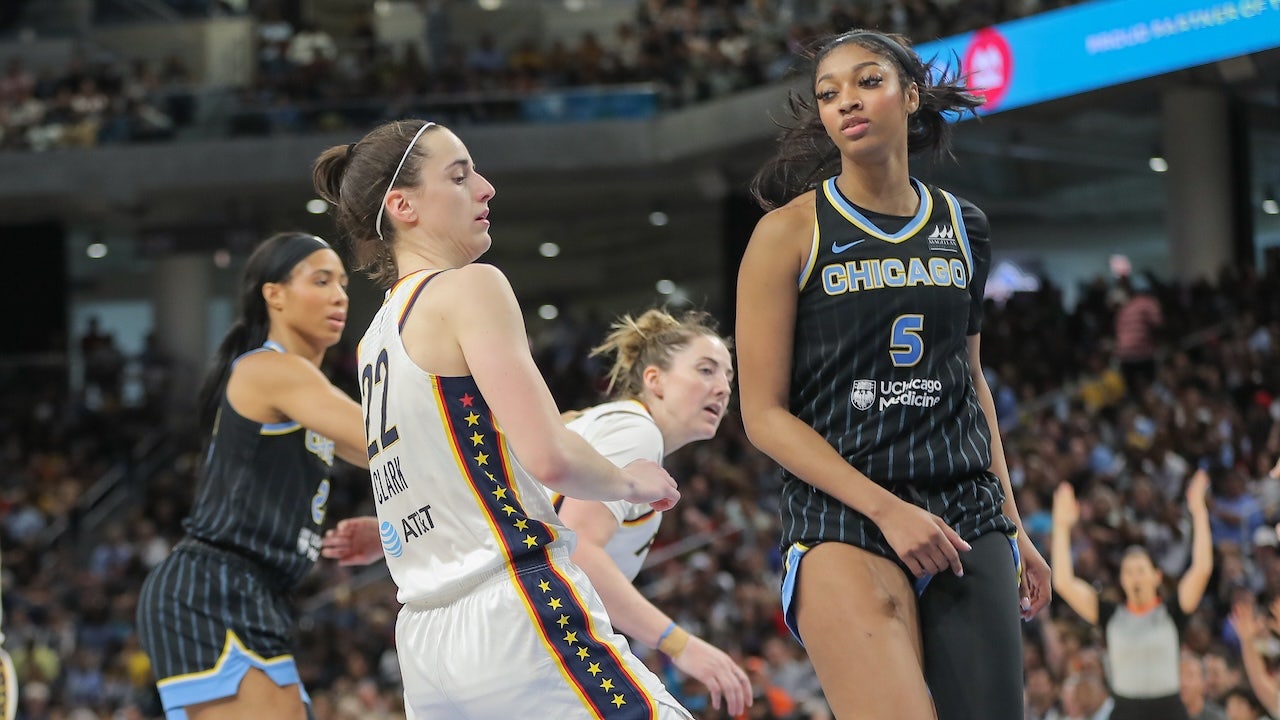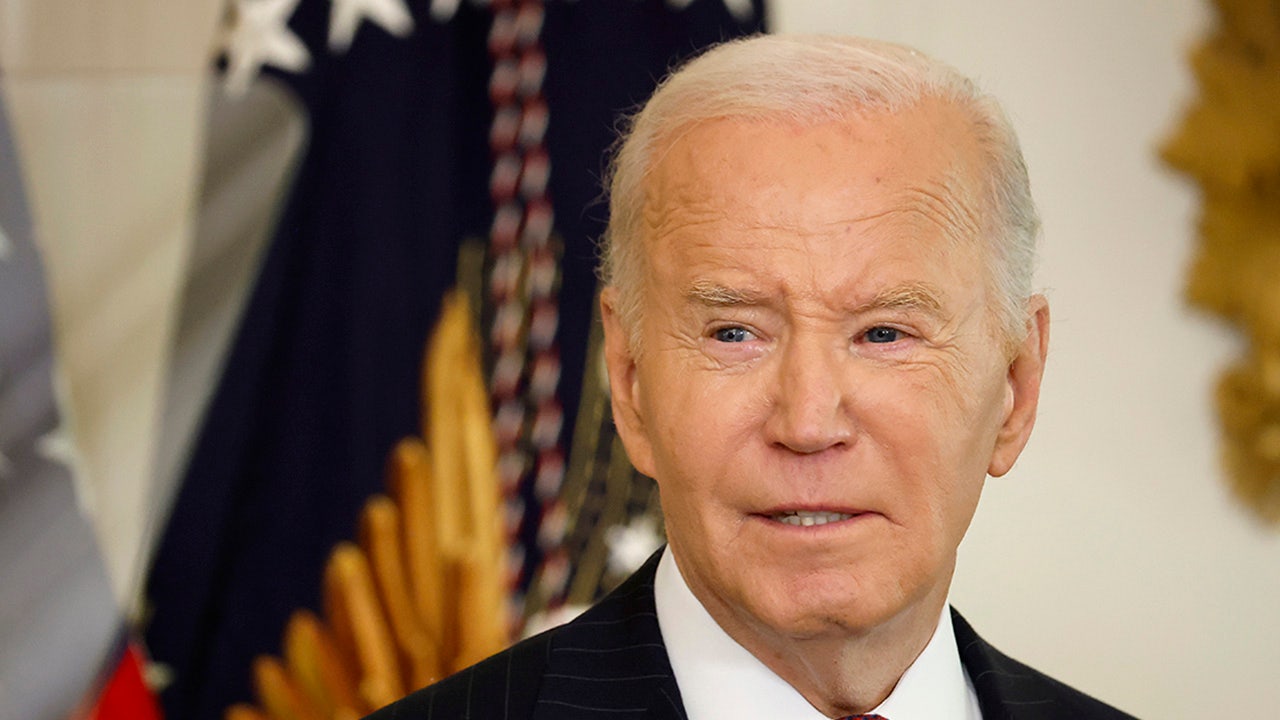Don’t get it twisted.
While spider and varicose veins are a source of aesthetic ire for many, there are key, and potentially life-threatening, differences between the two conditions.
“The difference between varicose veins and spider veins has to do with the size of the veins and symptoms,” cardiologist Dr. Randy Gould of Manhattan Cardiology told The Post.
Spider veins tend to be small surface veins that do not cause pain and are often more of a cosmetic concern than a health issue. Varicose veins tend to be larger — and they may be characterized by bulging skin, leg pain, itching, leg fatigue and heaviness.
Gould explained that blood moves toward the heart through valves in our veins. “When the valves become weakened or damaged, blood can collect in the veins, causing increased pressure and varicose veins,” he continued.
Vein valves can be weakened or damaged by obesity, aging and prolonged periods of sitting or standing.
Remaining in one position, whether upright or seated, causes gravity to “pull the blood down,” said Dr. Mason Mandy, a board-certified surgeon and the chief medical officer at Metro Vein Centers in Manhattan.
“Anytime somebody is just in one place without moving for long periods of time — that’s when they can develop vein problems,” Mandy previously told The Post, adding that standing, especially throughout a long commute, can be a common culprit.
Hormonal changes, due to pregnancy, menstruation or birth control pills, can also relax vein walls, increasing the risk of varicose veins.
Gould maintained that, contrary to popular belief, crossing your legs does not cause varicose veins, although the behavior can worsen symptoms by restricting blood flow.
Experts say the appearance and formation of varicose and spider veins boils down to the genetics jackpot, but getting the blood pumping is key to staving them off for as long as possible.
“You should be more active and less sedentary, exercise regularly. Do not stand or sit too long without moving around,” Gould advised. “If you are overweight, losing weight will help decrease pressure in your veins.”
Those concerned about varicose veins should follow a low-sodium diet to prevent water retention and leg swelling, Gould said.
Medium, graduated compression support socks — the notoriously unflattering sausage casing-esque variety of hosiery — can also help.
“It’s pretty simple: Compression improves circulation,” Dr. Scott Walter said on TikTok. “So if you want to prevent varicose veins, especially if you’re someone who stands or sits all day, wearing compression socks can be key.”
According to Gould, health risks associated with varicose veins include bleeding, skin ulcerations, skin infections and the potentially life-threatening condition deep-vein thrombosis, or DVT.
DVT can cause blood clots that can break off and travel toward the lungs, causing a blockage known as a pulmonary embolism, according to the Centers for Disease Control and Prevention. If the embolism is small enough, it can be treated. Larger embolisms can be fatal.
Thankfully for the vain and vein-afflicted, varicose veins can be treated in myriad ways.
“Endovenous ablation is a technique that uses a radiofrequency device to heat a catheter that causes the vein wall to shrink and close, so that there is no blood flow to that affected vein,” said Gould.
Other treatments include a prescription microfoam that contains polidocanol (a sclerosing agent), which causes the vein wall to collapse, thereby lessening the appearance of veins.
In addition, microphlebectomy and vein stripping involve making small incisions to remove segments or the entirety of the vein.












